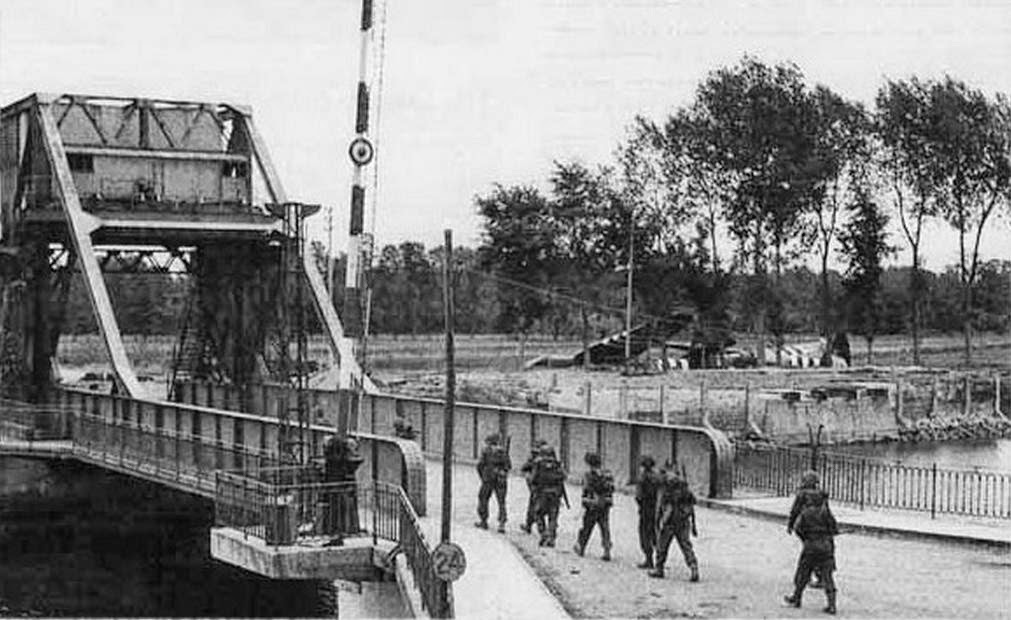 |
| View to the West-Sou'west from Chez Sarge |
I grew up in Vermont, where in October the hills laid out before us were a riot of various shades of orange, yellow and red. Here and there were the somber dark greens of the pine and the fir trees. It all made for a very stunning view out of our living room windows.
And yet I seem to recall that, as children, we were rather blasé about the whole thing. I mean the view out the windows in fall was nice. But that's what it looked like every fall. Let's not make a big deal out of it, 'kay?
But in later years I look back on that and realize, we had this fantastic tableau laid out for our enjoyment every single year of our childhood. And we took it for granted.
Wow.
To give you an idea of the view from where I grew up...
 |
| The Old Sod |
Yes. It got pretty spectacular back in the day. But when you saw it every fall, year after year.
Meh.
Hard to believe, but it's true. We really did take it for granted. We'd even whine about the tourists, traveling for hundreds of miles to see what we saw everyday. For we were young and thought the whole world looked just like where our home was.
Um, no. Not so much.
But you don't understand that until you grow up and move somewhere else. Where things might be radically different. Like, oh let's just say, Okinawa. Or Korea. Different. Very different. (Though truth be told, there are places in Korea where the fall foliage is every bit as spectacular as Vermont. Just not where I lived. Sigh...)
So keep a little something in mind as you go through your day. Enjoy it. Try not to take it for granted. Stop and smell the roses.
Or the smell of newly fallen leaves. Or the scent of a distant fireplace.
Drink or eat some pumpkin flavored whatever.
Life is short. Savor it.




















































